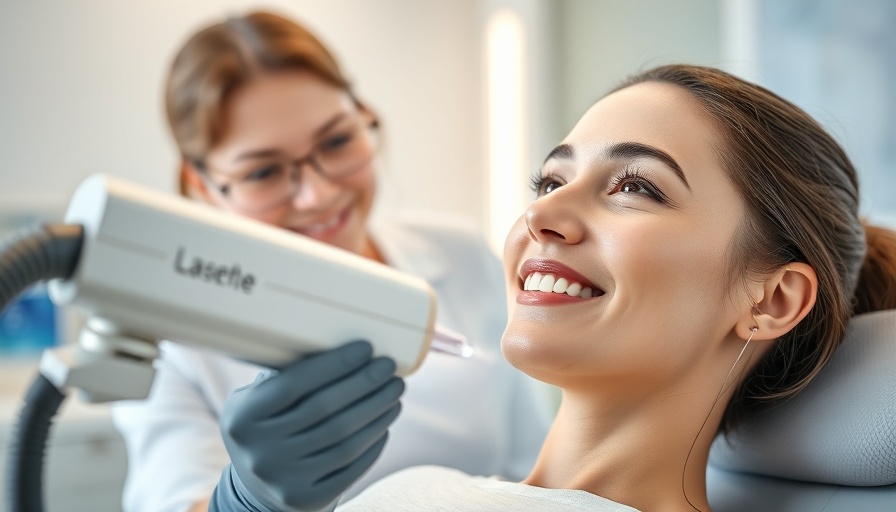
Unveiling the Latest Trends in Energy-Based Devices
At the 2025 American Academy of Dermatology (AAD) Annual Meeting, industry leaders and top dermatologists gathered to discuss breakthroughs and innovations in energy-based devices (EBDs). Experts like Drs. Suzanne Kilmer, Arielle Kauvar, and Merete Haedersdal presented new insights on harnessing technology for skin treatment, with fascinating implications for practitioners and patients alike.
The Future of Energy-Based Devices: Emphasis on Patient Needs
Dr. Kilmer highlighted the evolving landscape of EBDs in addressing skin laxity due to rapid weight loss. With GLP-1 medications on the rise as a popular weight loss tool, dermatologists must prepare for the inevitable increase in sagging skin complaints. Her insights emphasize the importance of providing effective treatments for lax skin conditions to ensure patient satisfaction.
Innovative Technologies Emerge for Skin Treatment
Recent advancements in laser technology showcased at the conference revealed promising new treatments. The 2910nm Erbium laser stands out with its gentler approach to scar treatment, resulting in less pain, shorter recovery time, and fewer sessions needed, catering to a diverse range of skin types. Meanwhile, new lasers targeting acne and sebaceous gland diseases—like the 1726nm model—show potential for broader applications with further refinements.
Energy-Based Devices in Practice: Making Informed Choices
As energy-based procedures gain traction, understanding the benefits and limitations is critical. Attendees learned how to match the latest technology with common dermatological conditions, from vascular birthmarks to photodamage. This knowledge equips professionals with the tools to make informed decisions about treatments they offer, positively impacting patient outcomes.
Insights on Non-Invasive Body Sculpting: Red Light Therapy's Role
Red light therapy, referred to as low-level laser therapy, continues to emerge in the conversation surrounding weight management and body contouring. This non-invasive treatment claims to target stubborn fat and create a more sculpted appearance. However, skepticism persists—many healthcare providers emphasize that while this therapy has shown modest results, it should not replace lifestyle changes like diet and exercise.
Challenges and Considerations for Energy-Based Treatments
Research highlights various challenges regarding the efficacy of newer treatments. Studies reveal inconsistencies and a need for long-term data on the sustainability of results. Similarly, high treatment costs may deter patients from pursuing technologies like red light therapy and energy-based devices, necessitating strategic discussions about affordability and accessibility in dermatology practices.
Navigating the Future of Dermatological Treatments
As the field continues to innovate, practitioners must remain proactive in incorporating new knowledge into their practices. With energy-based device treatments ushering in a new era of skin health, dermatologists play a pivotal role in enhancing patients’ confidence and quality of life. This conference offered a glimpse into an exciting future where technology and patient care intersect.
As we advance in the realm of energy-based devices, it’s essential for professionals to stay informed and be prepared to adopt breakthrough technologies. By understanding these innovations, dermatology practices can thrive while providing the best for their patients. If you are considering treatment options, be sure to connect with local med spas to find the best solutions tailored for your skin care needs.
 Add Row
Add Row  Add
Add 




 Add Row
Add Row  Add
Add 

Write A Comment